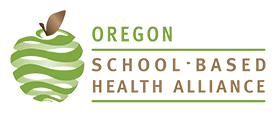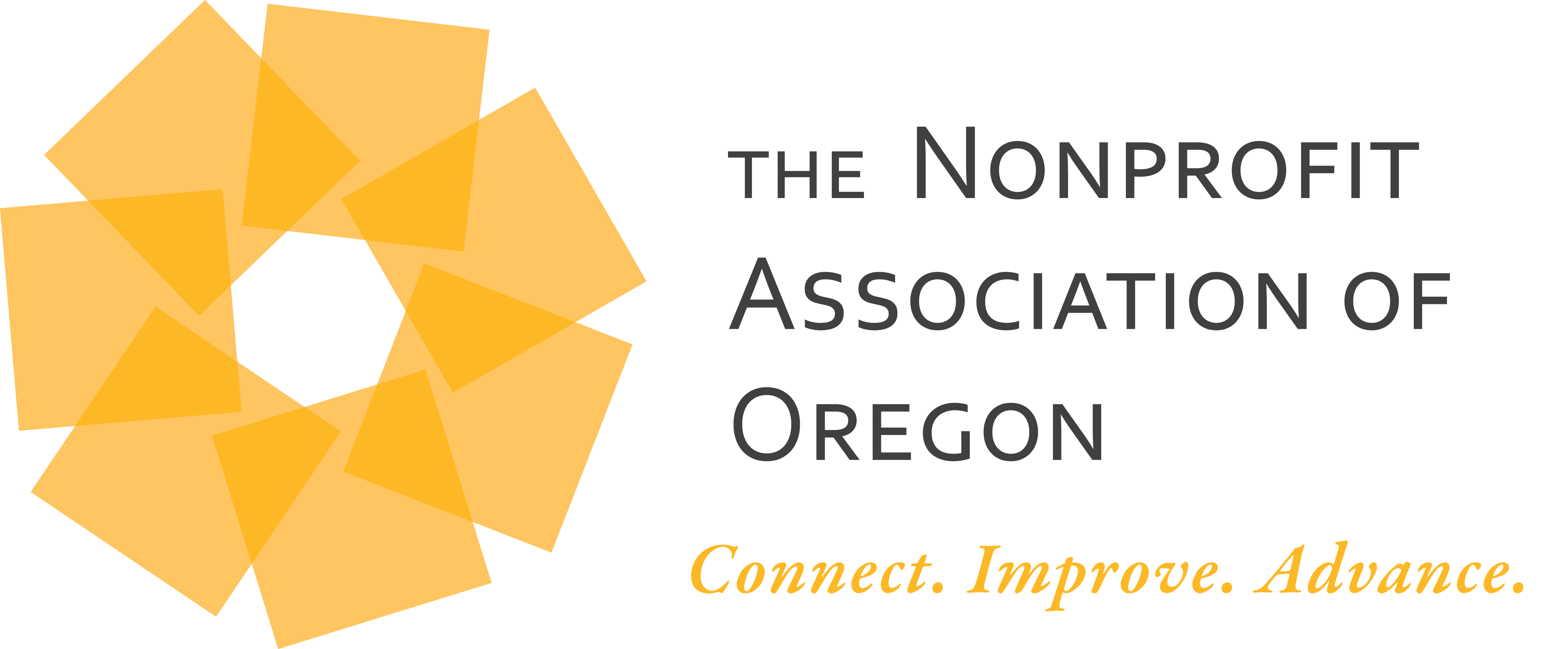 Spring has proven to be a busy time for SBHCs as they bring this school-year to a close and begin looking ahead to next year’s priorities, programs, and projects. Here at the Oregon School-Based Health Alliance, we’ve been finalizing project plans with next year’s new round of CORE grantees (keep your eyes open for a 2014-2015 CORE recipient announcement soon!).
Spring has proven to be a busy time for SBHCs as they bring this school-year to a close and begin looking ahead to next year’s priorities, programs, and projects. Here at the Oregon School-Based Health Alliance, we’ve been finalizing project plans with next year’s new round of CORE grantees (keep your eyes open for a 2014-2015 CORE recipient announcement soon!).
Over the years, OSBHA has learned many invaluable lessons about how to build collaborative relationships with school administrators, teachers, SBHC staff, and adolescents. We were very excited to see helpful guidelines and recommendations for SBHCs interested in working closely with policymakers, school administrators, teachers, and other school staff to improve student health and well-being outlined in How Schools Work & How to Work with Schools recently released by the National Association of State Boards of Education. Some of the most relevant portions of this resource are listed below:
Chapter 1 – Introduction
- References Healthy People 2020, which presents data that demonstrates the connection between academic achievement and students’ health status
- Local data further supports the relationship between improved health and academic outcomes in Investment in School Health Capacity: Payoffs in Health, Achievement, and Stronger Communities
Chapter 2 – How Schools Work
- Provides helpful information detailing the public education infrastructure, laws, policies, issues, and program implementation strategies
- Identifies key stakeholders at the state, school district, and school level (e.g., legislators, school board members, superintendents, school principals, and school staff)
- Reviews how public schools are funded
Chapter 3 – How to Work with Schools
- Offers guiding principles and concepts for working with schools (p.28-29)
- Identifies how SBHCs can help promote school and student health and well-being (p.29)
- Highlights practical steps for working with schools, which include (p.30-36):
- Establishing personal relationships with school administrators and personnel
- Identifying a community champion for your cause
- Articulating your issue and determining who has the authority to adopt and support your intervention, provide resources, and monitor implementation
- Learning as much about the state, school district, or school you want to work with and the history of their position on your cause
- Collaborating with community partners such as public health officials and entities; juvenile justice personnel; mental health providers; public housing officials; and faith-based youth serving organizations
- Planning for and working with contingencies, twists, and turns
- Provides tips on engaging schools before, during, and after meetings with key stakeholders in the public education infrastructure (p. 36-39)
Appendix A – Glossary of Common Education Terms
- Use this glossary to develop a common language with education partners that demonstrates you understand and respect them, while identifying them as a potential ally in the education sector.
Appendix B – School Personnel who Support Students’ Health and Development
- Use this appendix to help create a network of relationships with your education partners and identify “champions” for your cause
Appendix C & D - Federal Government Programs and NGOs that Support School Health & Safety
- Use these appendices to identify federal government programs and non-government organizations that support school health and safety

